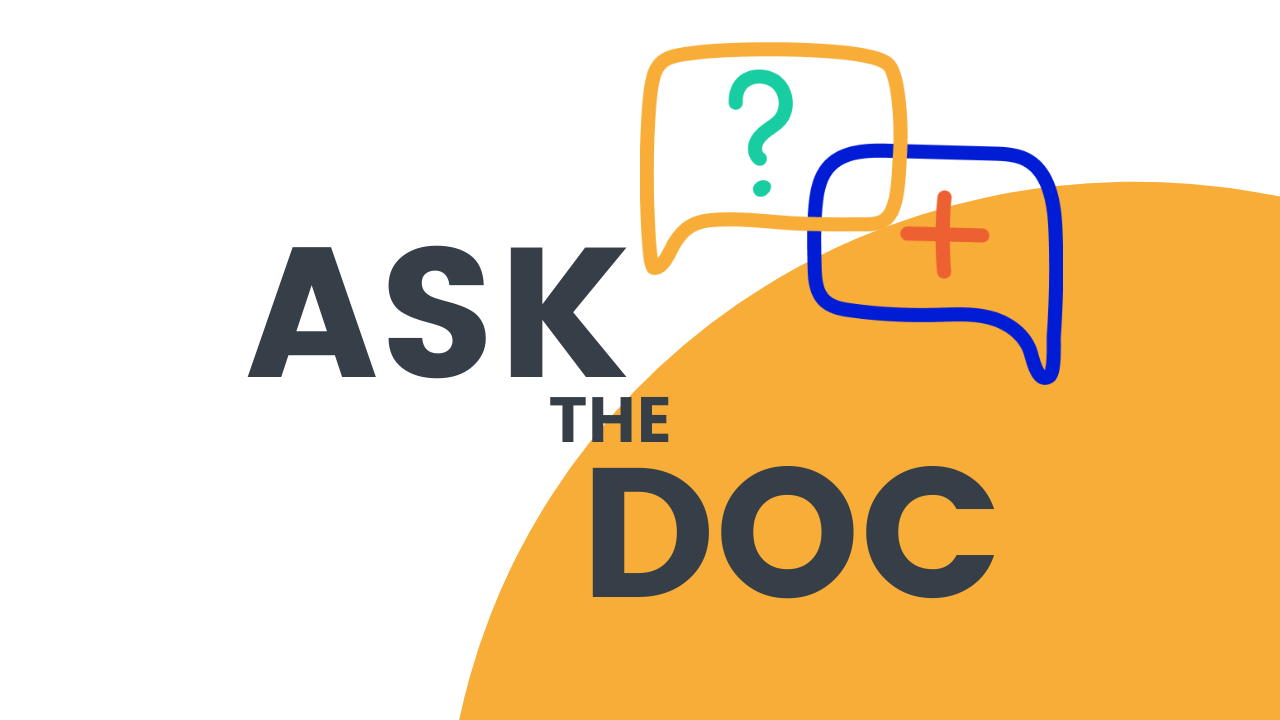In the realm of pharmaceuticals, it's common to encounter medications with multiple names, which can sometimes lead to confusion. Two such names you may have come across are Ozempic and Wegovy, both of which are brand names for a drug called Semaglutide. Let's delve into what Semaglutide is, its uses, and why it goes by different names in the market.
What is Semaglutide?
Semaglutide belongs to a class of drugs known as glucagon-like peptide-1 (GLP-1) receptor agonists. These drugs mimic the action of the naturally occurring hormone GLP-1, which helps regulate blood sugar levels by stimulating insulin secretion and decreasing glucagon production. Semaglutide works by increasing insulin production when blood sugar levels are high and decreasing the amount of glucose produced by the liver.
Understanding Ozempic and Wegovy
1. Ozempic: Developed by Novo Nordisk, Ozempic (semaglutide injection) is indicated for the treatment of type 2 diabetes mellitus in adults. It is administered once weekly via subcutaneous injection and has been shown to improve glycemic control, reduce the risk of cardiovascular events, and promote weight loss.
2. Wegovy: Also developed by Novo Nordisk, Wegovy (semaglutide injection) is a higher dose formulation of semaglutide specifically approved for chronic weight management in adults with obesity or overweight who have at least one weight-related comorbidity. It is administered once weekly via subcutaneous injection and has demonstrated significant weight loss benefits when combined with diet and exercise.
Why Different Names?
The existence of multiple brand names for the same drug can be attributed to marketing strategies employed by pharmaceutical companies. Brand names like Ozempic and Wegovy are created to distinguish a company's product in the market and establish brand recognition among healthcare providers and consumers. While the active ingredient remains the same (semaglutide), the different brand names serve to differentiate products based on their specific indications and dosages.
Conclusion
In conclusion, Ozempic and Wegovy are both brand names for the medication Semaglutide, which belongs to the class of GLP-1 receptor agonists used in the treatment of type 2 diabetes mellitus and chronic weight management. Despite the different brand names, they contain the same active ingredient and serve similar therapeutic purposes, albeit with variations in dosage and indication. It's important for patients to consult with their healthcare providers to determine the most appropriate treatment option based on their individual needs and medical history.
How Semaglutide Works
Semaglutide works by mimicking the action of the naturally occurring hormone GLP-1, which plays a crucial role in regulating blood sugar levels and appetite. Here's how it works:
1. Blood Sugar Regulation: GLP-1 receptor agonists like semaglutide stimulate the release of insulin from the pancreas in response to elevated blood sugar levels. Insulin helps lower blood sugar by promoting the uptake of glucose into cells, where it can be used for energy.
2. Decreased Glucagon Production: Semaglutide also reduces the production of glucagon, another hormone produced by the pancreas. Glucagon typically works in opposition to insulin, causing the liver to release glucose into the bloodstream. By inhibiting glucagon secretion, semaglutide helps prevent excessive glucose production by the liver.
3. Slowed Gastric Emptying: GLP-1 receptor agonists like semaglutide can slow the rate at which food empties from the stomach into the small intestine. This delay in gastric emptying can help regulate appetite and promote a feeling of fullness, which may contribute to weight loss.
4. Central Nervous System Effects: Additionally, GLP-1 receptors are found in various regions of the brain involved in appetite regulation and food intake. Semaglutide may exert effects on these brain areas, leading to reduced food cravings and calorie intake.
By targeting multiple pathways involved in blood sugar regulation and appetite control, semaglutide offers a comprehensive approach to managing type 2 diabetes and promoting weight loss. Its once-weekly dosing schedule, convenience, and effectiveness make it a valuable option for patients seeking better glycemic control or weight management.
The Unique Characteristics of Mounjaro
While Ozempic and Wegovy are both brand names for semaglutide, Mounjaro represents a distinct medication with its own set of characteristics and uses. Here's how Mounjaro differs:
1. Active Ingredient: Unlike Ozempic and Wegovy, Mounjaro contains the active ingredient Tirzepatide. Tirzepatide is a dual glucose-dependent insulinotropic polypeptide (GIP) and GLP-1 receptor agonist. This means it targets both the GIP and GLP-1 receptors, leading to enhanced glycemic control and potential weight loss effects.
2. Mechanism of Action: Tirzepatide works similarly to semaglutide by stimulating insulin secretion, inhibiting glucagon production, slowing gastric emptying, and exerting effects on the central nervous system to regulate appetite. However, its dual action on both the GIP and GLP-1 receptors may provide additional benefits compared to medications that target only one of these pathways.
3. Indications: Mounjaro is indicated for the treatment of type 2 diabetes mellitus in adults. It is typically prescribed to improve glycemic control and reduce the risk of complications associated with diabetes, such as cardiovascular disease and kidney problems. Additionally, Mounjaro may also offer benefits for weight management and can be prescribed in such cases.
Who Mounjaro is For
Mounjaro is intended for adults with type 2 diabetes mellitus who require additional treatment beyond lifestyle modifications and other glucose-lowering medications. It may be particularly beneficial for individuals who struggle to achieve adequate blood sugar control with existing therapies or who are at high risk of cardiovascular events. It is also used in individuals who are overweight.
Based on data from randomised controlled trials, Mounjaro appears to lead to more weight loss than Wegovy. Research shows Mounjaro supports average weight loss of around 25% after one year and 16% on Wegovy. However, individual responses to medications vary between individuals.
Conclusion
In summary, while Ozempic and Wegovy are brand names for semaglutide, Mounjaro represents a distinct medication containing the active ingredient Tirzepatide. Mounjaro offers a unique dual mechanism of action targeting both the GIP and GLP-1 receptors, making it a valuable option for adults with type 2 diabetes mellitus seeking improved glycemic control and potential weight loss.





Share:
Switching from Wegovy to Mounjaro: What You Need to Know